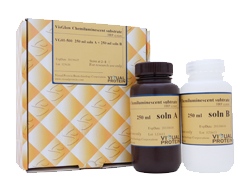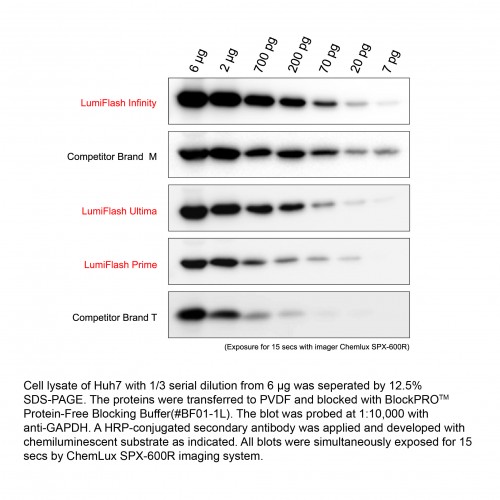Product
Western Blots & Immunoassays
LumiFlash™ Infinity Chemiluminescent Substrate, HRP is an enhanced chemiluminescent substrate for high femtogram-level by detection of immobilized proteins (Western blotting). LumiFlash™ Infinity Chemiluminescent Substrate, HRP provides high signal and low background, which allows detection of target protein on PVDF or nitrocellulose. This feature benefits the researchers with excellent low background result and without signal burn effect at the same time.
Highlights:
- High sensitivity: for quantitative analysis of protein at high femtogram level
- Antibody saving: recommend dilution of the primary antibody at 5,000-fold and secondary antibody at 50,000 to 250,000-fold (from 1mg/mL stock)
- Low background: avoid non-specific signals on the WB result
Order Information:
| Cat. No. | Product Name | Description |
| LF16-500 | LumiFlash™ Infinity Chemiluminescent Substrate, HRP System |
250mL Solution A + 250mL Solution B |
Product Detail:
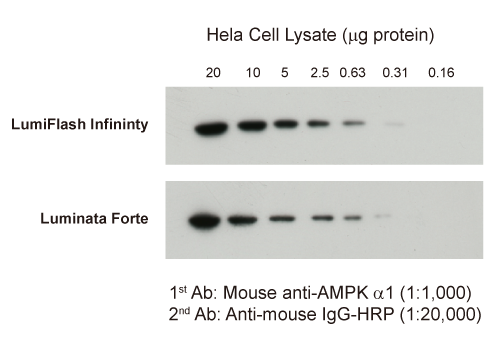
Figure 1. The comparison of WB application for LumiFlash Infinity and Luminata Forte.
Hela cell lysate with 1/2 serial dilution from 20 µg was separated by 12.5% SDS-PAGE and probed by anti AMPKa1. All results were exposed to X-ray film for 5 minutes.
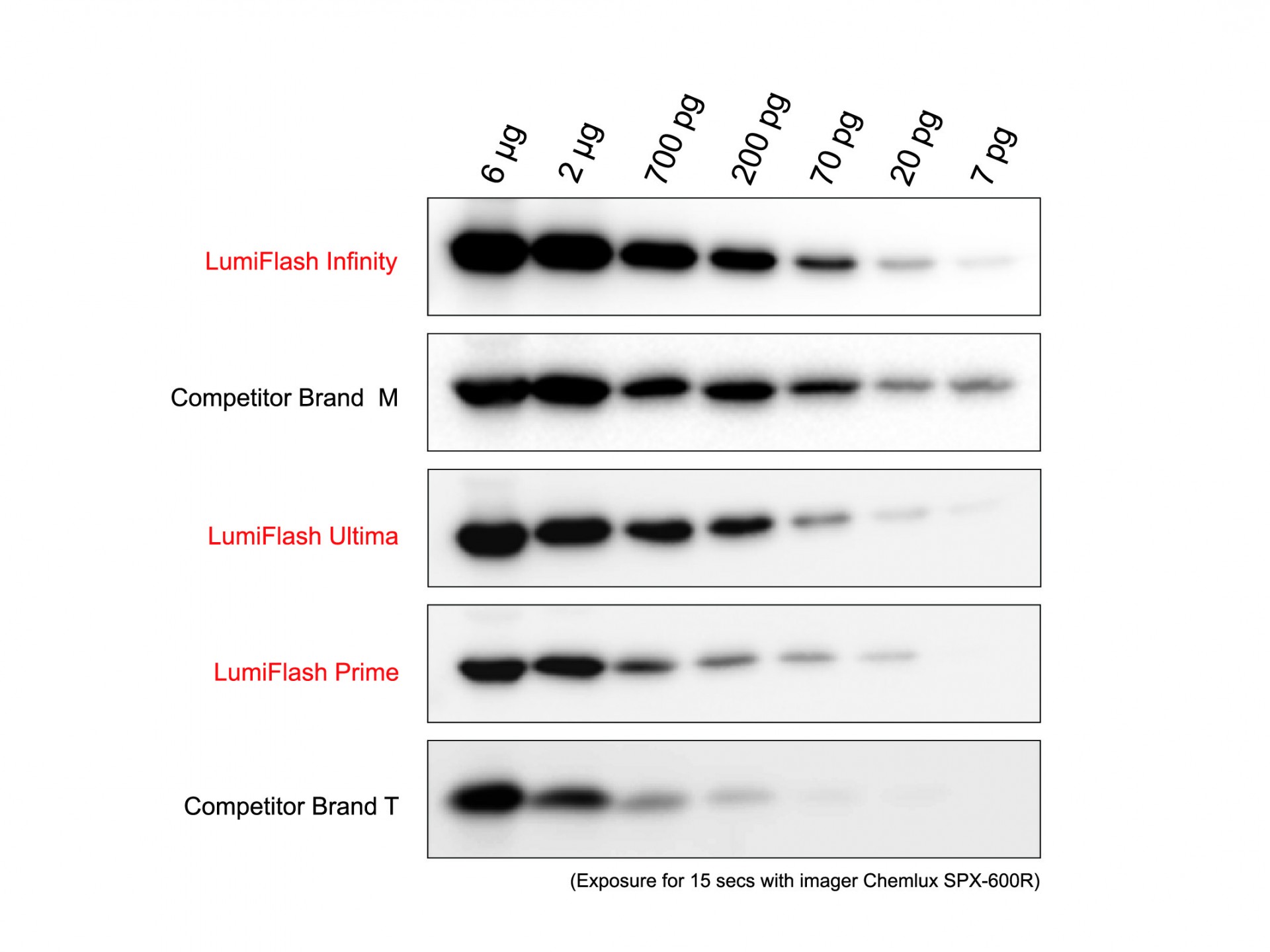
Figure 2. The comparison of LumiFlash Prime, LumiFlash Ultima, LumiFlash Infinity, and competitors.
Cell lysate of Huh7 with 1/3 serial dilution from 6 µg was separated by 12.5% SDS-PAGE. The proteins were transferred to PVDF and blocked with BlockPRO™ Protein-Free Blocking Buffer(#BF01-1L). The blot was probed at 1:10,000 with anti-GAPDH. HRP-conjugated secondary antibody was applied and developed with a chemiluminescent substrate as indicated. All blots were simultaneously exposed for 15 secs by the ChemLux SPX-600R imaging system.
LumiFlash™ Series:
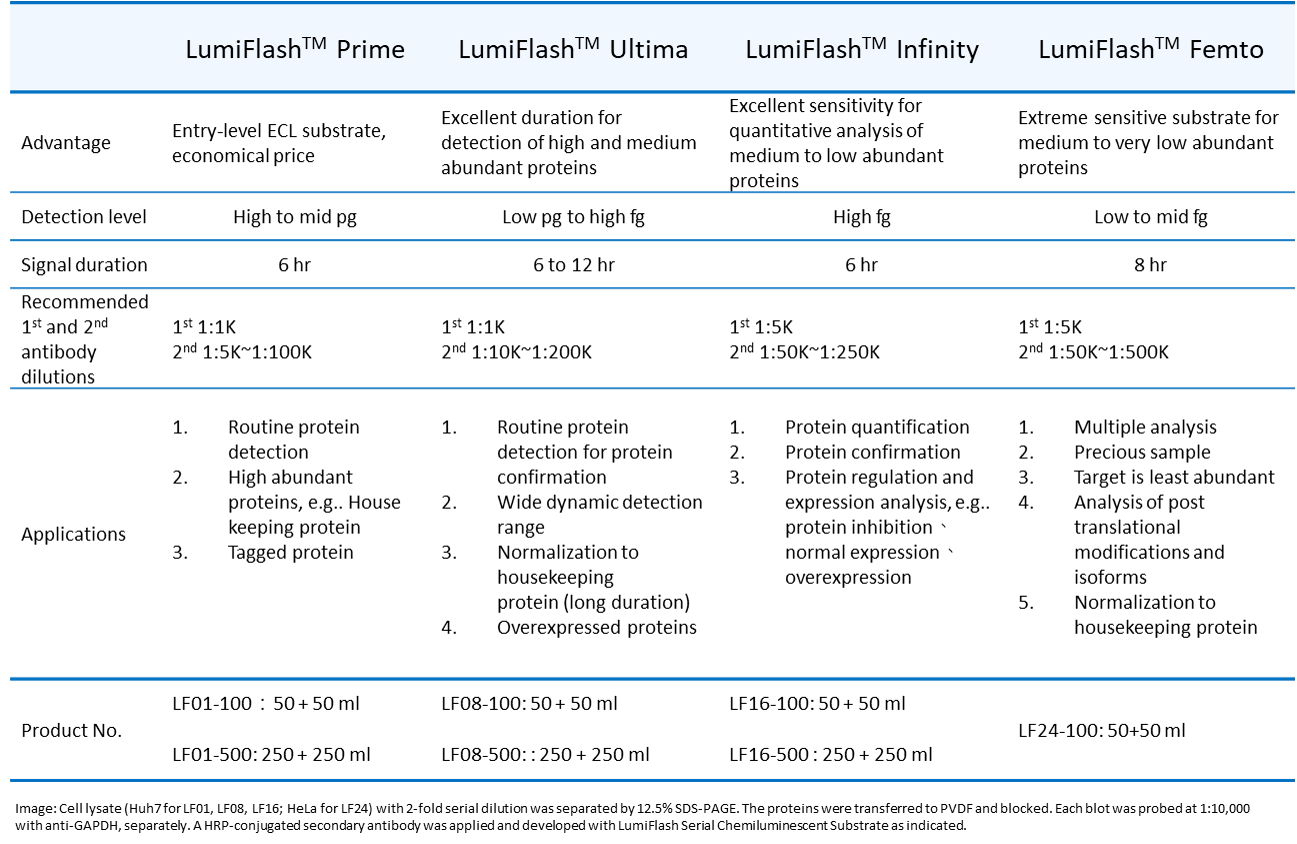
Reference:
1. jin Jang, Yeo, et al. "The Effect of Pharmacopuncture at GV20 on Dementia in a Focal Cerebral Ischemia Mice Model." The Acupuncture 34.3 (2017): 1-11.
2. Kim, Seung Cheol, Boyun Choi, and Youngjoo Kwon. "Thiol-reducing agents prevent sulforaphane-induced growth inhibition in ovarian cancer cells." Food & nutrition research 61.1 (2017): 1368321.
3. Kwon, Youngjoo. "Food-derived polyphenols inhibit the growth of ovarian cancer cells irrespective of their ability to induce antioxidant responses." Heliyon 4.8 (2018): e00753.
4. Yang, Yi-Feng, and Yao-Jen Liang. "Adenine decreases hypertrophic effects through interleukin-18 receptor." Chinese Journal of Physiology 62.4 (2019): 139
5. Chang, Chao-Chien, et al. "Lipopolysaccharide promoted proliferation and adipogenesis of preadipocytes through JAK/STAT and AMPK-regulated cPLA2 expression." International journal of medical sciences 16.1 (2019): 167.
6. Hsu, Pei-Sung, et al. "Participation of NADPH Oxidase-Related Reactive Oxygen Species in Leptin-Promoted Pulmonary Inflammation: Regulation of cPLA2α and COX-2 Expression." International journal of molecular sciences 20.5 (2019): 1078.
7. PARK, Geun-Young, et al. Epithelial-stromal communication via CXCL1-CXCR2 interaction stimulates growth of ovarian cancer cells through p38 activation. Cellular Oncology, 2020, 1-16.
8. Chiang, Chien-Sung, et al. "Neuronal Exosomes Secreted under Oxygen–Glucose Deprivation/Reperfusion Presenting Differentially Expressed miRNAs and Affecting Neuronal Survival and Neurite Outgrowth." NeuroMolecular Medicine (2021): 1-12.
9. Rasri, Natchaya, et al. "Selection of single-chain antibody variable fragment (scFv) against feline immunoglobulin G for biosensor applications." (2021).
10. Cheng, Chao-An, et al. "Nervous Necrosis Virus Coat Protein Mediates Host Translation Shutoff through Nuclear Translocalization and Degradation of Polyadenylate Binding Protein." Journal of Virology (2021): JVI-02364.
11. Américo-Da-Silva, Luan, et al. "Activation of the nlrp3 inflammasome increases the il-1β level and decreases glut4 translocation in skeletal muscle during insulin resistance." International journal of molecular sciences 22.19 (2021): 10212.
